Giandomenico Belotti (1922–2004) was an Italian architect and designer known for his essential and functional approach, balancing art, architecture, and industrial design. Trained at the Politecnico di Milano, he collaborated with major companies such as Alias, for which he designed the Spaghetti chair in 1979 — an icon of contemporary design and part of the MoMA collection in New York. This was followed by the Paludis chair, which Belotti developed in 1984 as an evolution of the original model. His work is distinguished by formal clarity, careful attention to materials, and a refined balance between elegance and practicality. Belotti also worked in the fields of urban planning and street furniture, helping to define a sober and timeless language consistent with the tradition of Italian design in the second half of the twentieth century.
Alongside his work as a designer, Belotti developed an extensive body of architectural work in collaboration with Sergio Invernizzi, grounded in a rational language and a careful attention to the relationship between structure, function, and context. Among his most significant projects are the Albergo Marina in Marina di Massa (1962–1964) and the “Lactis” milk plant in Albano San Alessandro (1961–1969), both examples of a measured and concrete modernity. In the Albergo Marina, geometric clarity and the calibrated arrangement of volumes translate the principles of Italian modernism into a welcoming, harmonious space; in the Centrale del Latte, composed of five pavilions in reinforced concrete and brick, Belotti applies the same compositional logic to industrial architecture, experimenting with prefabricated structures and integrating artistic elements by Gino Cosentino. These buildings, photographed by Carlo Orsi, reveal the coherence of an approach in which technical rigour is combined with a deep human sensitivity.
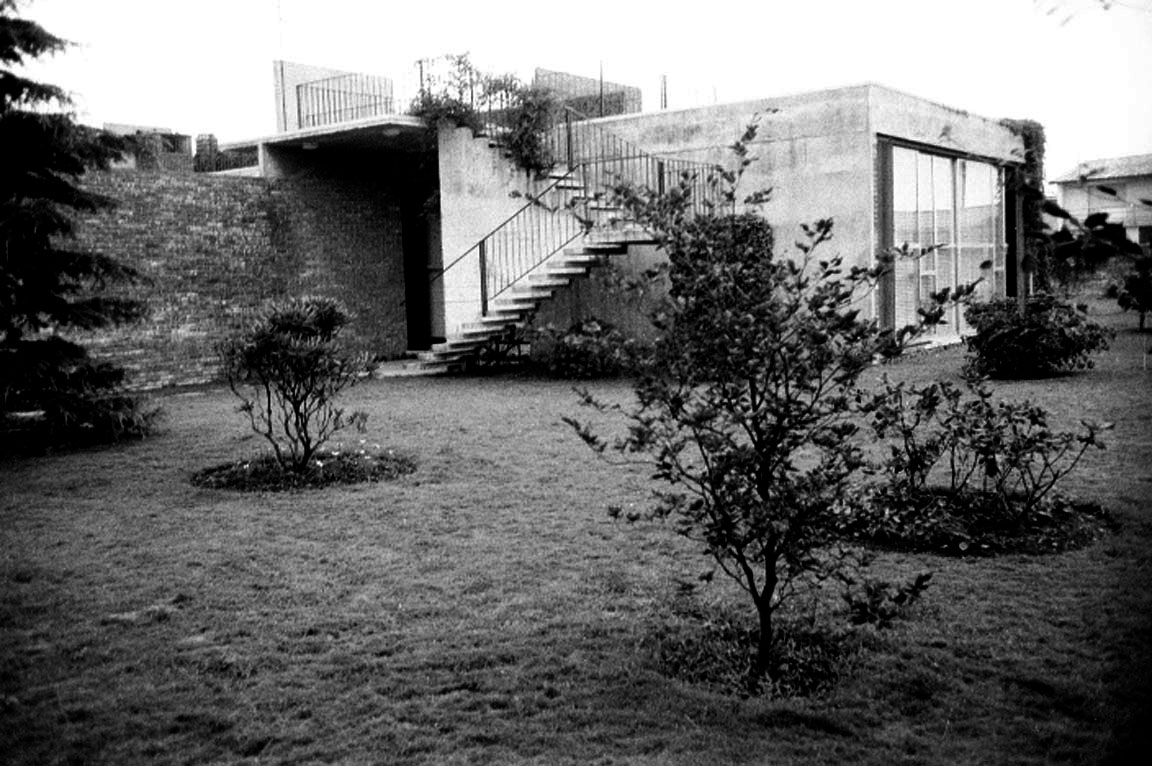
Giandomenico Belotti (1922–2004) was an Italian architect and designer known for his essential and functional approach, balancing art, architecture, and industrial design. Trained at the Politecnico di Milano, he collaborated with major companies such as Alias, for which he designed the Spaghetti chair in 1979 — an icon of contemporary design and part of the MoMA collection in New York. This was followed by the Paludis chair, which Belotti developed in 1984 as an evolution of the original model. His work is distinguished by formal clarity, careful attention to materials, and a refined balance between elegance and practicality. Belotti also worked in the fields of urban planning and street furniture, helping to define a sober and timeless language consistent with the tradition of Italian design in the second half of the twentieth century.
Alongside his work as a designer, Belotti developed an extensive body of architectural work in collaboration with Sergio Invernizzi, grounded in a rational language and a careful attention to the relationship between structure, function, and context. Among his most significant projects are the Albergo Marina in Marina di Massa (1962–1964) and the “Lactis” milk plant in Albano San Alessandro (1961–1969), both examples of a measured and concrete modernity. In the Albergo Marina, geometric clarity and the calibrated arrangement of volumes translate the principles of Italian modernism into a welcoming, harmonious space; in the Centrale del Latte, composed of five pavilions in reinforced concrete and brick, Belotti applies the same compositional logic to industrial architecture, experimenting with prefabricated structures and integrating artistic elements by Gino Cosentino. These buildings, photographed by Carlo Orsi, reveal the coherence of an approach in which technical rigour is combined with a deep human sensitivity.
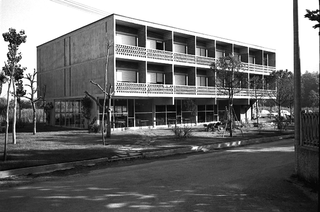
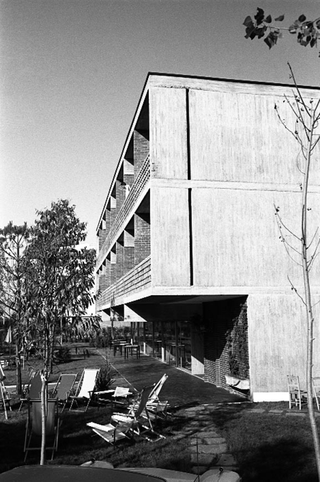
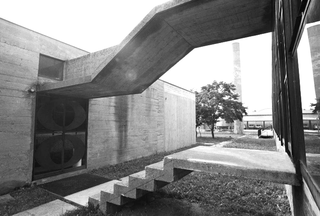

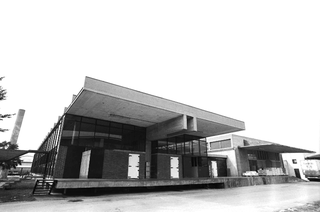
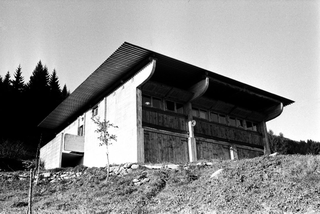


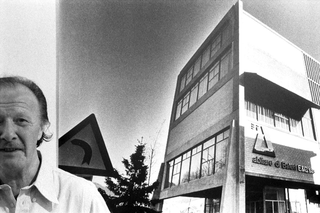
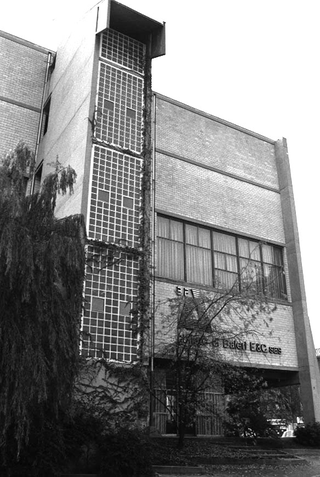
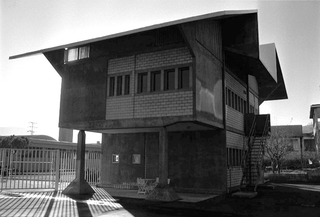
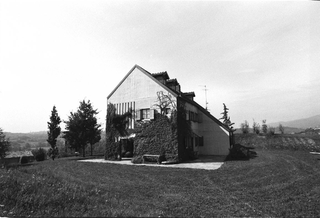
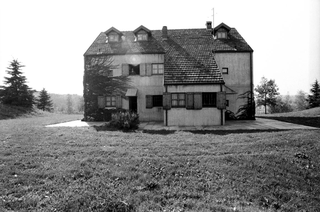
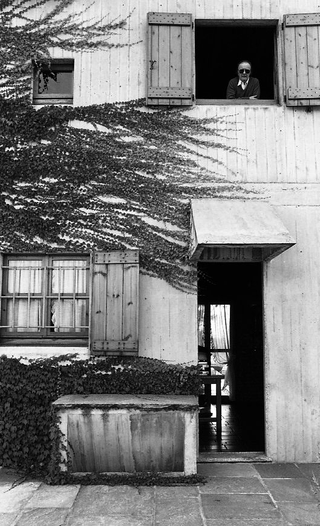

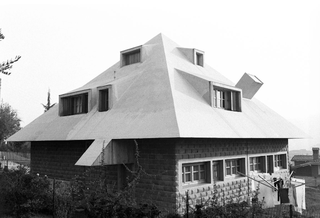
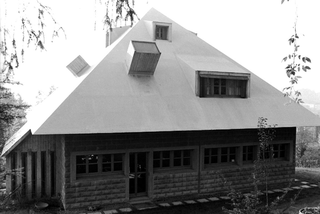
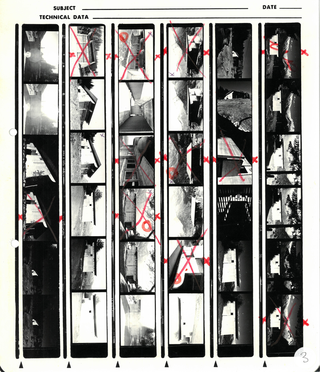
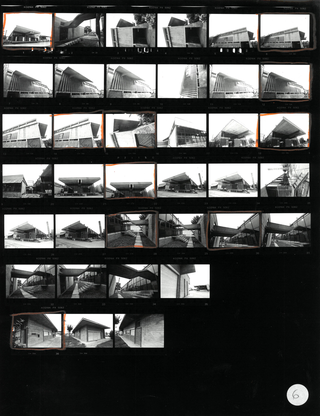
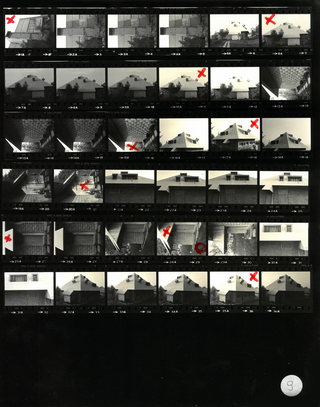
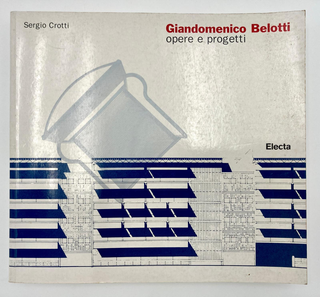
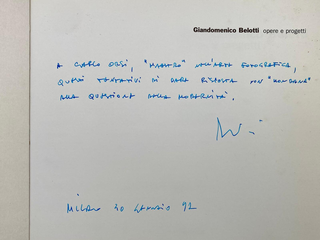
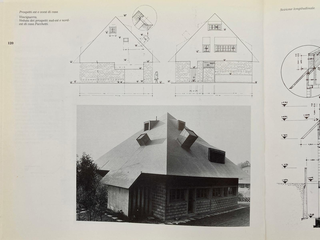
Social
Contatti
archivio@carloorsi.com